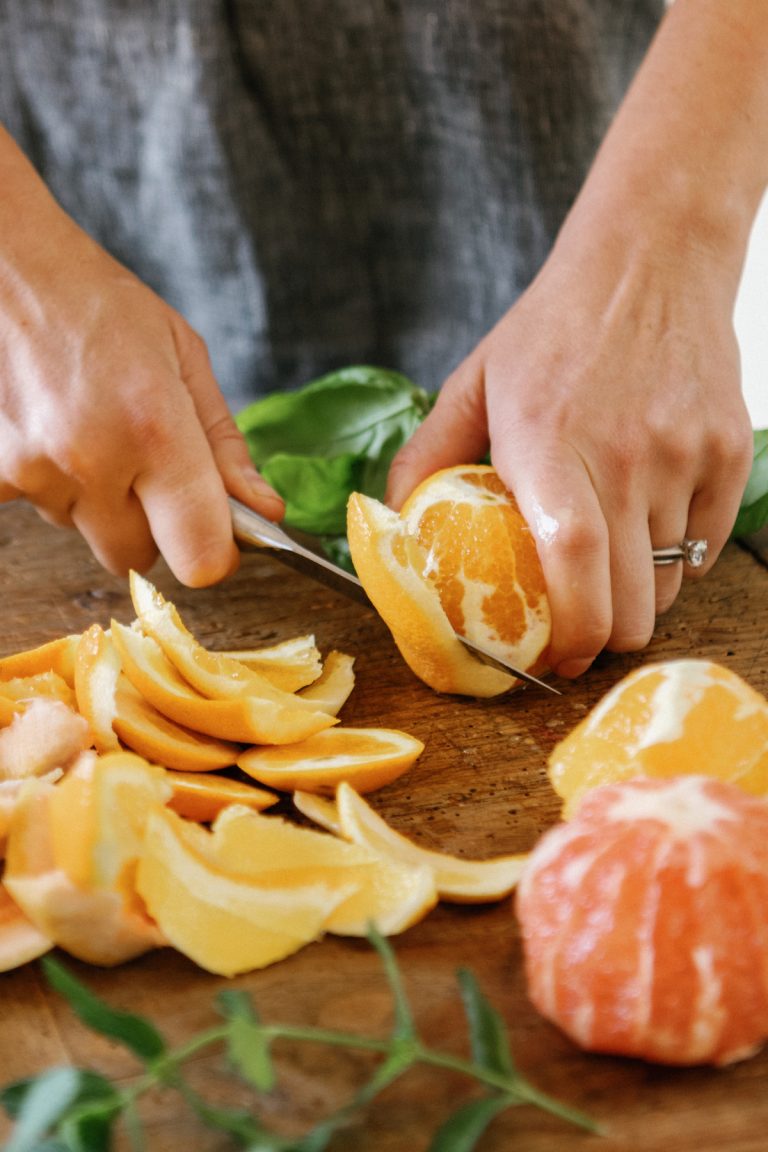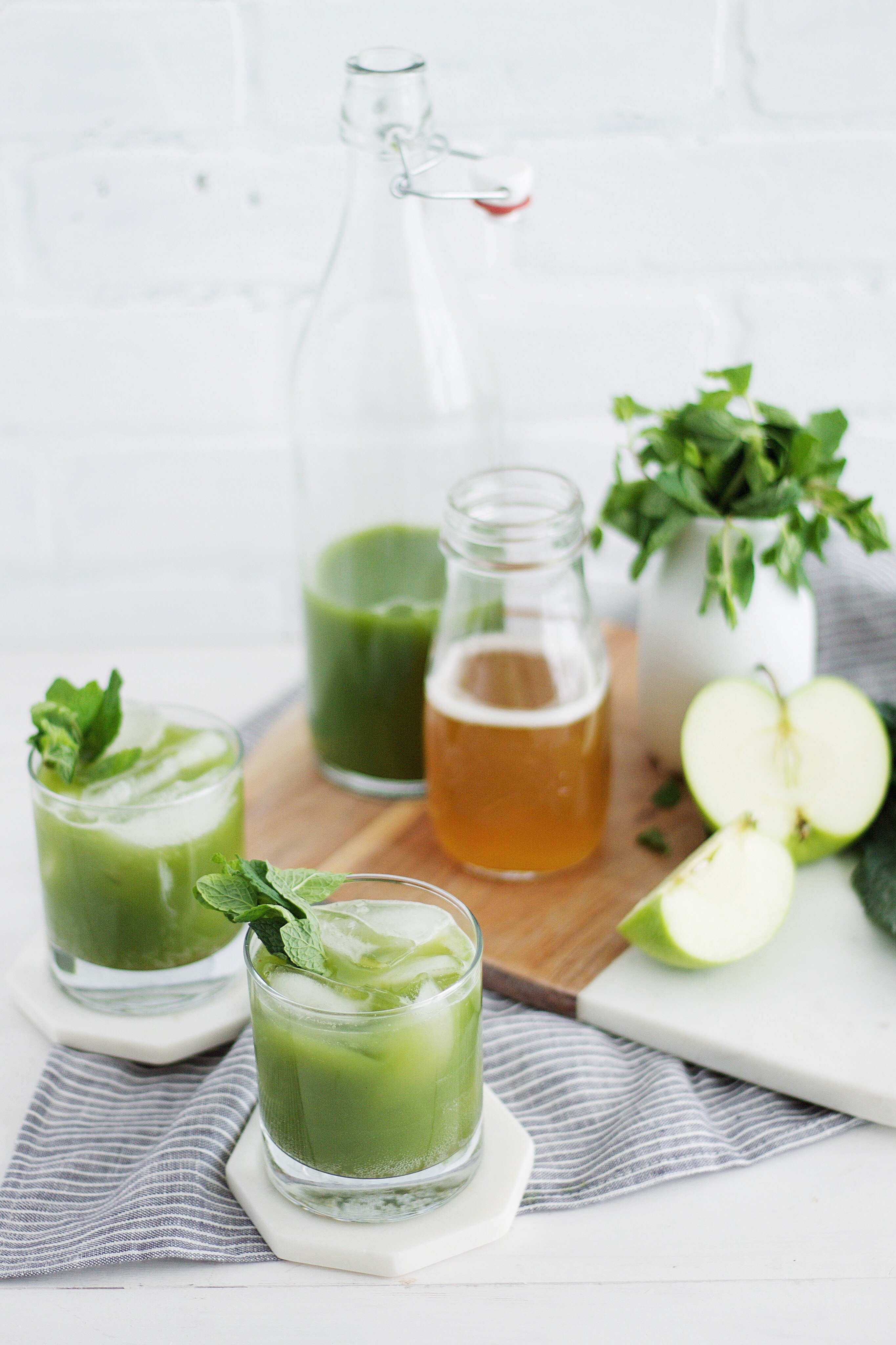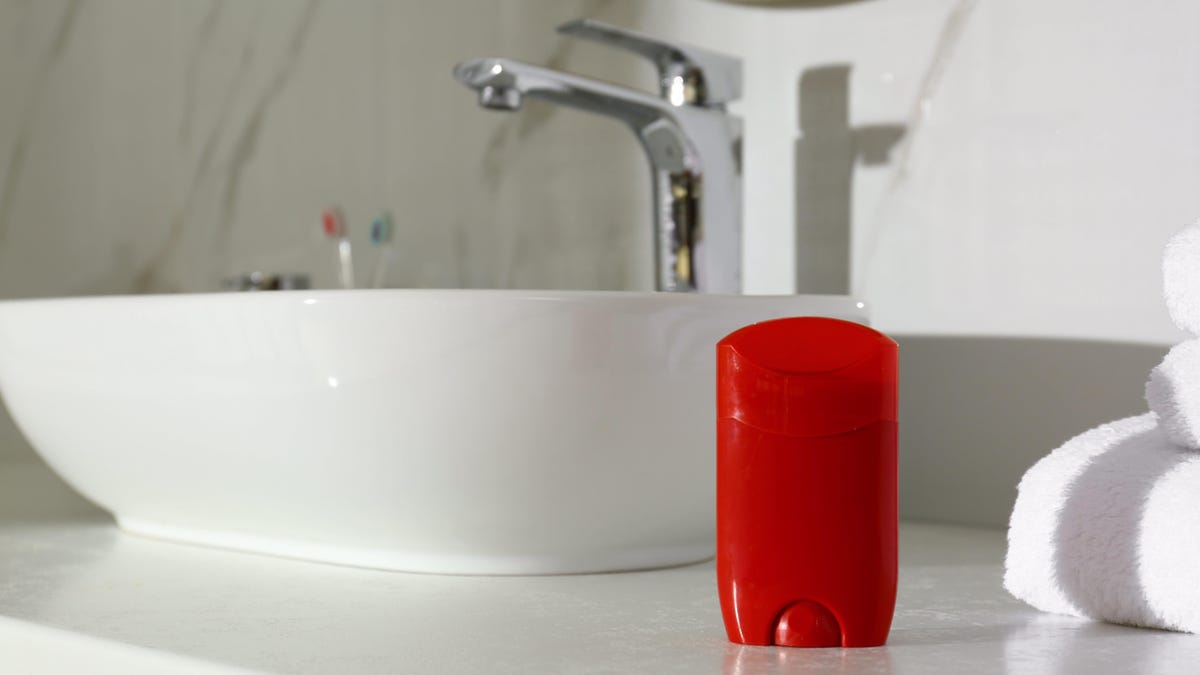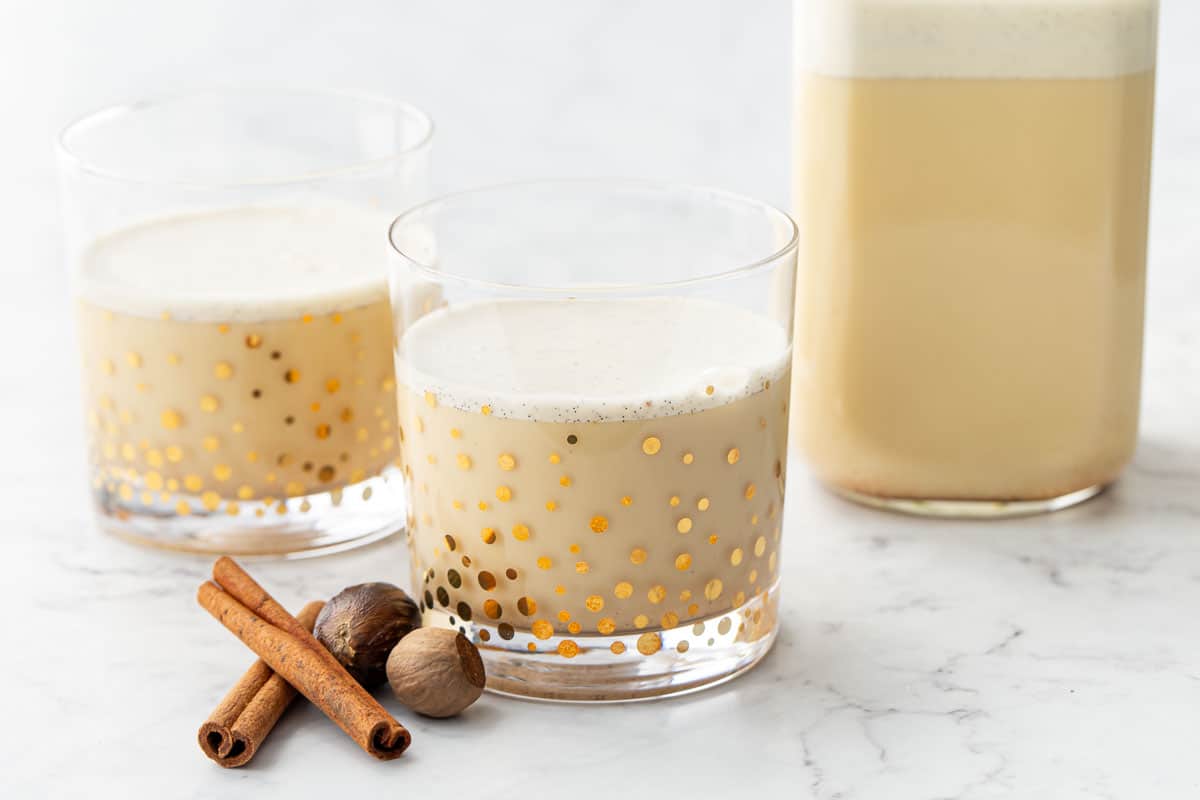What That Glass of Wine is Actually Doing to Your Body
Might surprise you. The post What That Glass of Wine is Actually Doing to Your Body appeared first on Camille Styles.

In light of dry January, we’re here to spill the tea (err, bubbly) about alcohol. What does alcohol actually do to your body and brain? And why are women more susceptible to its side effects? We’re uncorking the truth. Of course, this isn’t to say that you can’t—or shouldn’t—enjoy your favorite spirits. For many of us, summer isn’t complete without charcuterie and a crisp glass of rosé. And a festive holiday cocktail? ‘Tis the season. In other words, there’s no need for deprivation. However, with balance in mind, here’s the reality about women and alcohol. It may have you rethinking that extra pour (or three).
Featured image by Michelle Nash.
1 of 12

Subscribe
Sleep well.
Sign up to receive a FREE E-BOOK with 12 steps to your best sleep ever.
Thanks for Signing Up!
Oops!
Looks like you’re already signed up or your email address is invalid.
Oops!
Looks like you unsubscribed before click here to resubscribe.
Myth Or Fact: Women Can’t Tolerate Alcohol As Well As Men
Dose for dose, fact.
There are several (scientific) reasons for this. First and foremost, we can thank physiological differences in our chemistry and body structure. In comparison to men, women’s bodies contain proportionately less water and more fat. Reason being? Most likely, for childbearing! At any rate, because water dilutes alcohol and fat retains it, women’s organs are exposed to higher concentrations of alcohol—for longer periods of time.
2 of 12
Alcohol Dehydrogenase
The second reason why women bear the brunt of alcohol’s repercussions? We have less alcohol dehydrogenase. Dehy—what? Dehydrogenase. This is an enzyme that breaks down alcohol before it reaches the bloodstream. Dose for dose, women’s blood alcohol levels will almost always be higher than men’s. As a result, one drink for a woman is roughly equivalent to two drinks for a man. And the research proves it. These findings likely explain why women often say they feel the effects of alcohol more than men, even if they drink the same amount (relative to body size).
3 of 12
What about liver damage?
Given differences in our chemistry, hormones, and body structure, it’s not surprising women are more susceptible to liver damage (caused by alcohol) than men. In other words, the risk of alcohol-related liver disease is higher for women. Alcohol may cause swelling and inflammation in the liver, eventually leading to scarring and cirrhosis—which is the final phase of alcoholic liver disease. Unfortunately, the damage caused by cirrhosis is irreversible.
How much alcohol is safe to consume, daily?
This depends, of course. For some—none. For others, the general rule of thumb is no more than one drink per day. To reduce the risk of alcohol-related conditions, the Dietary Guidelines for Americans recommends two drinks or less in a day for men, or one drink or less in a day for women. In other words, moderate alcohol use for healthy adults generally means up to one drink a day for women and up to two drinks a day for men. Examples of one drink include: beer (12 fluid ounces) and wine (5 fluid ounces).
4 of 12
What is the healthiest alcohol to drink?
This question is a bit of an oxymoron, as no amount of alcohol is truly healthy. However, if you’re going to choose, sip an organic, biodynamic red wine. Sourced from high-quality grapes, red wine contains antioxidants called polyphenols, which have been linked to fighting free radicals in the body. Otherwise, opt for keto wine—these bottles won’t send your blood sugar soaring. Furthermore, tequila, as well as vodka, rum, and gin, have zero grams of carbs. Meaning, they won’t significantly raise your blood sugar.
5 of 12
Alcohol To Avoid
On the flip side, most schools of thought recommend skipping beer and sweet drinks. First and foremost, beer is high in carbohydrates and congeners. What are congeners? They’re chemical compounds that contribute to hangovers. Secondly, sweet drinks are packed with sugar. These refined sugars send blood glucose on a rollercoaster and contribute to a more significant hangover. Instead, stick with natural flavor enhancers: sparkling water, citrus wedges, cucumber slices, or olives.
6 of 12
How To Minimize The Effects Of Alcohol
If you’re going to enjoy a cocktail, here are some tips to minimize the impact.
It’s true what they say: have a glass of water in between drinks! This gives your liver time to metabolize the alcohol. Spacing out your drinks is key. It’s also true what they say: don’t drink on an empty stomach. Drinking without eating will only increase the rate at which alcohol is metabolized in your body. If possible, focus on healthy fats—olives, nuts, avocado, etc.—to keep blood sugar stable. The following morning, skip the coffee. Instead, reach for a glass of water mixed with coconut water, lemon juice, and a few pinches of Himalayan salt. The potassium and vitamin C will help replenish electrolytes and aid in rehydration. When it comes to eating breakfast, aim for blood sugar balance. Alcohol can lower your blood glucose levels overnight, so prioritize a nourishing breakfast of complex carbs, protein, healthy fats, and fiber.Sober curious? Whether you’re currently drinking less alcohol—or are avoiding it altogether—sometimes we want to be social without dealing with the repercussions of a hangover. In this situation, we happily hold a mocktail in hand. See here for our favorite recipes.
7 of 12
Zero-Proof Drinks That Still Feel Celebratory
Alongside the uptick in ready-made cocktails and canned wines sit plenty of non-alcoholic options. And truthfully, these taste just as good—if not better—than your standard glass of wine or beer.
Every product is curated with care by our editors. If you buy something through our links, we may earn a small commission at no cost to you.

 Fransebas
Fransebas 































